- About us
- Support the Gallery
- Venue hire
- Publications
- Research library
- Organisation chart
- Employment
- Contact us
- Make a booking
- Onsite programs
- Online programs
- School visit information
- Learning resources
- Little Darlings
- Professional learning
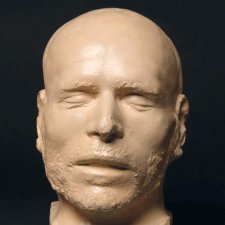
From infamous bushranger to oyster shop display, curator Jo Gilmour explores the life of George Melville.
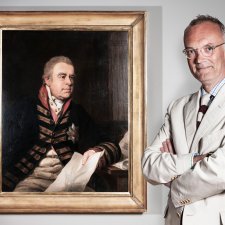
Portraits can render honour to remarkable men and women, but there are other ways.
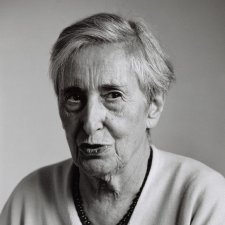
I first knew Dr. Hoff when in 1986, long after retiring from the National Gallery of Victoria, she taught a graduate seminar on Rembrandt.
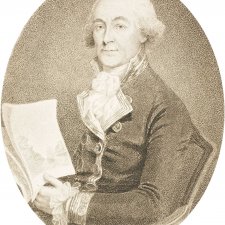
I have been reading systematically through the ads in the earliest issues of the Sydney Gazette and New South Wales Advertiser, such a rich vein of information about certain aspects of daily life in Regency Sydney.
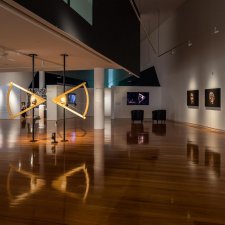
Penelope Grist explores the interplay between medicine and portraiture in Vic McEwan’s Face to Face: The New Normal.
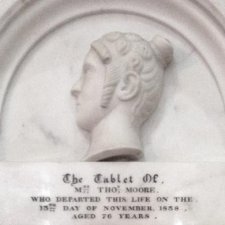
Beyond the centenary of the ANZAC landings at Gallipoli, a number of other notable anniversaries converge this year. Waterloo deserves a little focussed consideration, for in the decades following 1815 numerous Waterloo and Peninsular War veterans came to Australia.
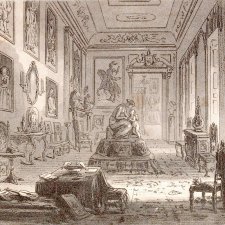
It may seem an odd thing to do at one’s leisure on a beautiful tropical island, but I spent much of my midwinter break a few weeks ago re-reading Bleak House.
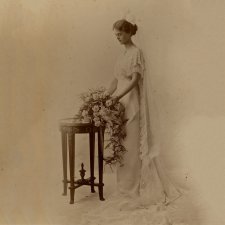
Where do we draw a line between the personal and the historical? Although she died in Melbourne in 1975, when I was not quite eleven years old, I have the vividest memories of my maternal grandmother Helen Borthwick.
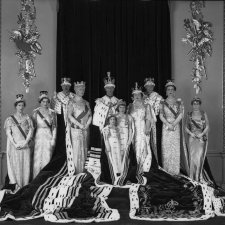
I keep going back to Cartier: The Exhibition at the National Gallery of Australia next door, and, within the exhibition, to Princess Marie Louise’s diamond, pearl and sapphire Indian tiara (1923), surely one of the most superb head ornaments ever conceived.
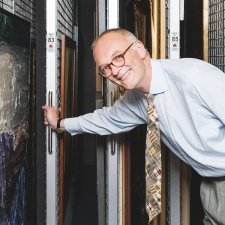
This is my last Trumbology before, in a little more than a week from now, I pass to my successor Karen Quinlan the precious baton of the Directorship of the National Portrait Gallery.